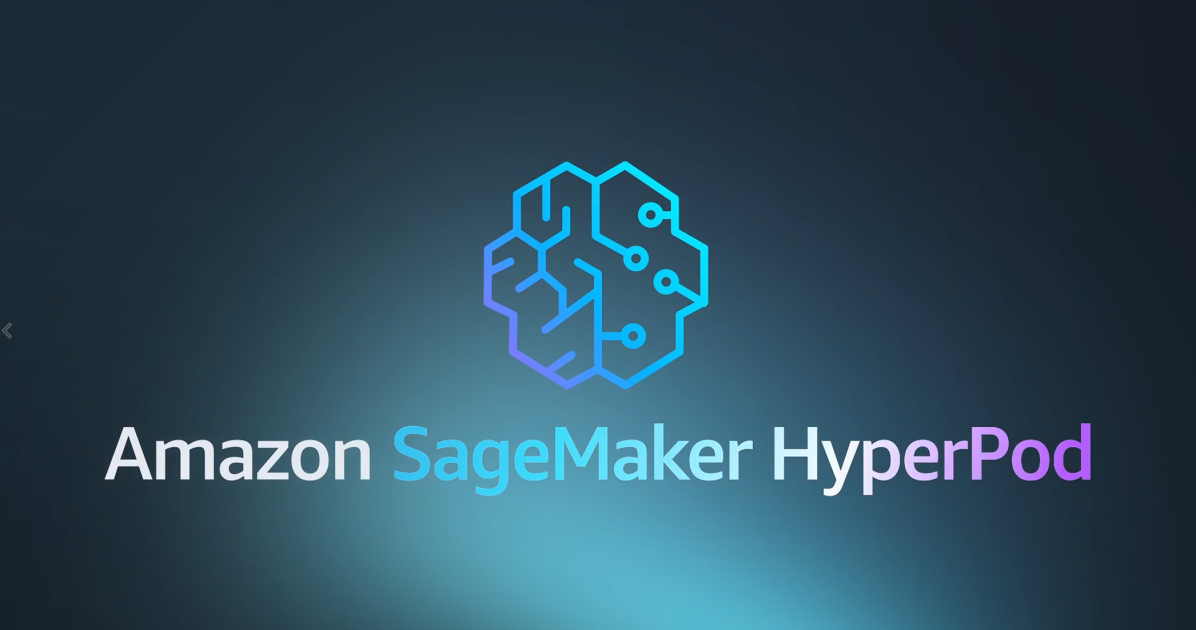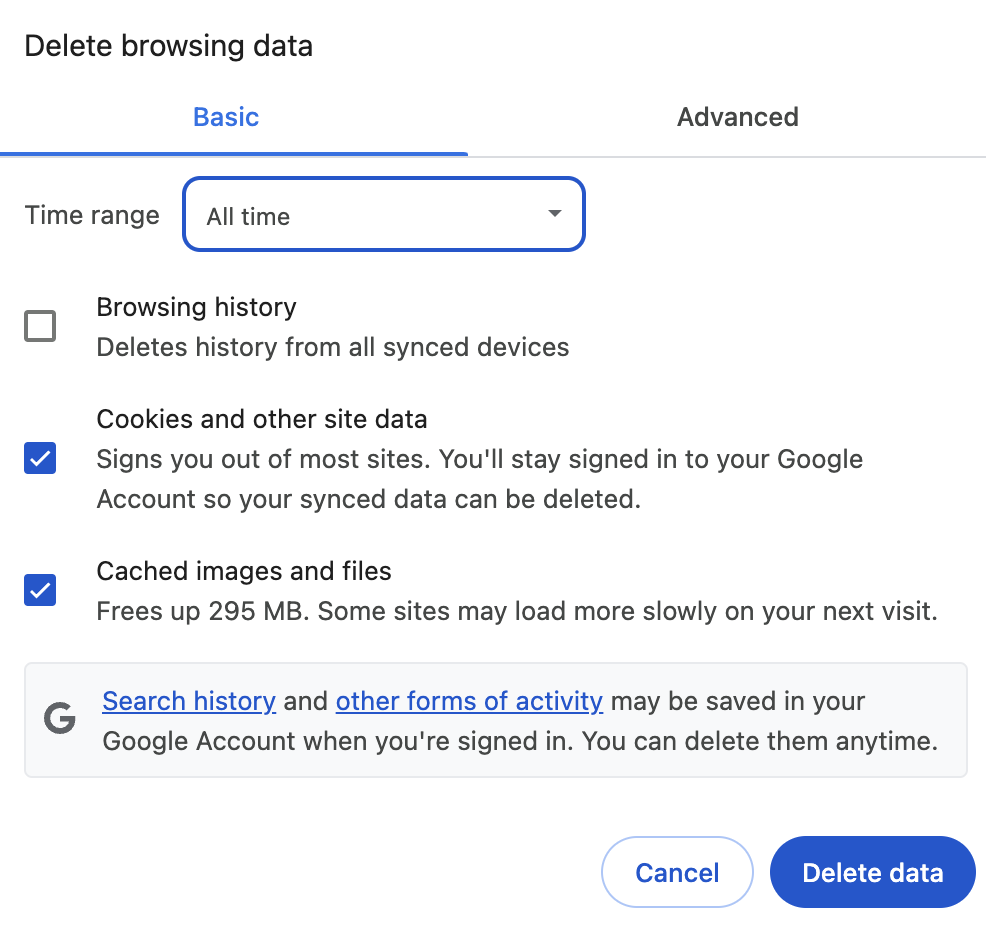The latest GCP database updates and what they mean for your production systems, dev workflows, and architecture
### The Librarian’s Dilemma: Why Your Database Needed a Better Imagination
Let me tell you about a ghost that haunts every AI application developer. It’s the ghost of the “second database.”
Picture this. You’re building the next great e-commerce app. You have a beautiful, rock-solid operational database — let’s say PostgreSQL, the world’s favorite — humming along in AlloyDB. It holds your canonical truth: product IDs, descriptions, inventory counts, prices. Life is good.
Then, your product manager, fresh from a conference and buzzing with inspiration, walks over. “We need semantic search,” she says. “And ‘shop the look’! Users should be able to upload a photo of a shirt they like, and we’ll find similar ones in our catalog!”
You smile and nod. You’re a great engineer. You know exactly what this means. You’ll take your product images and descriptions, run them through an embedding model — like our ones on Vertex AI — and turn each product into a “vector.” A vector is just a long list of numbers, a mathematical fingerprint that captures the essence, the vibe, of the item. A blue plaid shirt has a fingerprint; a blue striped shirt has a very similar fingerprint. Simple, right?
But then comes the question that starts the haunting. Where do you store these millions of new fingerprints?
Your beautiful, structured AlloyDB instance is built for transactions, for precise lookups. `SELECT FROM products WHERE product_id = 123`. It’s not designed for finding the closest match in a million-dimensional haystack. This isn’t a lookup; it’s a search for a feeling.
And so, the ghost appears. You spin up a second database. A specialized vector database. Now you have two systems to manage. Two systems to secure. Two systems to keep in sync.
When a new shirt is added to your main AlloyDB, you have to kick off a frantic, asynchronous scramble to create its vector fingerprint and stuff it into the vector database. When a product goes out of stock, you have to delete it from two places. This is a recipe for complexity, for data drift, for late-night pages when the sync job inevitably fails. It’s architectural scar tissue before you’ve even shipped version one.
This is the problem that kept us up at night. Because we believe the database shouldn’t be a dumb repository. It should be an active, intelligent partner. The idea of shipping your most valuable data across the network to a different system just to ask a question about its meaning felt… fundamentally wrong.
So, we asked ourselves: how can we teach a relational database to have an imagination? How can we make it understand “similar” instead of just “equal”? The answer lies in indexing.
Think of a library. A brute-force search is like walking down every single aisle, looking at every single book until you find the one you want. It’s perfectly accurate, but you’ll die of old age first. A traditional database index, like a B-tree, is the card catalog: a perfectly ordered system for finding an exact match.
But finding a “similar” vector is different. It’s like asking the librarian for “a book that feels like Hemingway, but is set in space.” The card catalog is useless. You need a different kind of map — one that groups books by mood and style. This is what an Approximate Nearest Neighbor (ANN) index does for vectors. It builds a clever, multi-layered map of your vector data so you can find “good enough” neighbors incredibly quickly.
Inside AlloyDB, we first supported popular open-source ANN indexing methods like HNSW (Hierarchical Navigable Small Worlds). It’s a fantastic algorithm, and it was a huge step forward. But we’re Google. We’ve been running vector search on a planetary scale for over a decade — think Google Photos search, YouTube recommendations. We had our own, battle-hardened secret sauce.
That secret sauce is called ScaNN, or Scalable Nearest Neighbors.
ScaNN is the result of years of obsessive research into a very specific problem: how to get the absolute best performance — both speed and recall — at massive scale. It’s an artist’s blend of vector quantization and anisotropic hashing. In simpler terms, it learns the unique shape of your data and builds a compressed, intelligent map that’s ridiculously fast to navigate. It’s like having a librarian who has not only read every book, but has also organized them in the building by their soul.
And here’s the most important part: we didn’t just bolt it on. We built AlloyDB’s ScaNN vector index deep into the storage engine.
Now, that developer building the e-commerce app? She doesn’t need a second database. She adds a vector column to her existing `products` table in AlloyDB. She runs one command: `CREATE INDEX ON products USING scann (product_vector)`.
That’s it.
The ghost is gone. Her product data and its “meaning” live together, in the same table, in the same transaction. When a new product is added, the vector is right there — ACID compliant, backed up, and secure with the rest of her data. The dreaded sync problem vanishes completely. And when she runs a query to find similar items, she’s using an index born from the same DNA as Google’s own planet-scale AI services. She didn’t have to become a distributed systems expert. She just got to build her cool feature.
That’s the story we should be telling. It’s not about adding AI to the database. It’s about building a database that is natively AI-aware. It’s about making the right way the easy way, and banishing the ghosts of unnecessary complexity, one index at a time.
*
This deep integration of AI-native capabilities directly into the database engine is a perfect reflection of a larger movement we’re seeing this week, where the goal is to break down silos and create a more connected, intelligent development fabric, from multi-agent systems to the developer’s own IDE.
- From Cassandra to SQL-Powered Bigtable: A roadmap and lessons learned (26 August 2025)
Discover Bigtable’s new SQL interface for low-latency, large-scale data management. Learn how it simplifies flexible schemas and enables fully managed, adaptable architectures. Get migration tips on how to achieve 5x lower latency and 50% lower costs by migrating from Cassandra to Bigtable. See demos of the Cassandra-Bigtable Adapter for seamless application connection and predictable performance.
Register to From Cassandra to SQL-Powered Bigtable: A roadmap and lessons learned - Connect to Remote Agents with ADK and Agent2Agent SDK (4 September 2025)
Explore the Agent2Agent (A2A) protocol, a solution for enabling generative AI agents to communicate and collaborate. This hands-on lab demonstrates how to make an agent build with Agent Development Kit (ADK) available as a remote agent by using the A2A Python SDK. You will learn to prepare an AgentCard featuring AgentSkills, deploy an ADK agent as an A2A Server, query your A2A agent using a command line client, and enable another ADK agent to communicate with your agent to get it to complete a task. Agent2Agent protocol fosters a more interconnected, powerful, and innovative AI ecosystem by allowing agents to integrate and share capabilities without duplicating code.
Register to Connect to Remote Agents with ADK and Agent2Agent SDK - Firestore with MongoDB Compatibility: Serverless simplicity and AI-powered development (9 September 2025)
Unlock new levels of scalability and efficiency in your app development. With MongoDB-compatible API natively implemented in Firestore, you can now build cost-effective, scalable, and highly reliable apps on Firestore’s serverless service using your familiar MongoDB tools! See live demos of using existing MongoDB application code and tools with Firestore, AI augmented development to maximize productivity, seamlessly moving workloads from another MongoDB/MongoDB-compatible database to Firestore, and the benefits of Firestore’s serverless pricing for total cost of ownership.
Register to Firestore with MongoDB Compatibility: Serverless simplicity and AI-powered development - Unleash Multi-Agent Workflows: A Google Agentspace Masterclass (10 September 2025)
Join us for a hands-on masterclass where we’ll show you how to build, manage, and deploy powerful multi-agentic workflows with Google’s Agentspace. You’ll learn to create sophisticated agents using simple prompts, lo-code applications, and the Agent Development Kit — all from a single, unified UI. Discover how federal, state, and local governments can leverage multi-agent solutions for everything from intelligence analysis to public transit routing.
Register to Unleash Multi-Agent Workflows: A Google Agentspace Masterclass
Source Credit: https://medium.com/google-cloud/google-cloud-database-digest-alloydbs-scann-vector-index-unifies-your-data-ai-aug-22th-2025-3dc2eda8a345?source=rss—-e52cf94d98af—4




